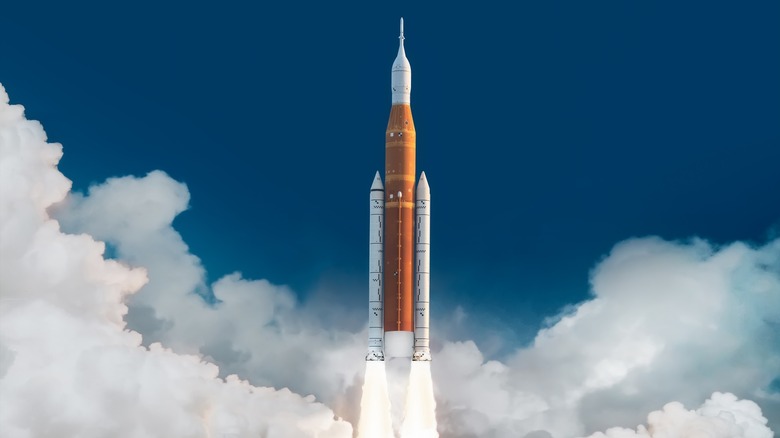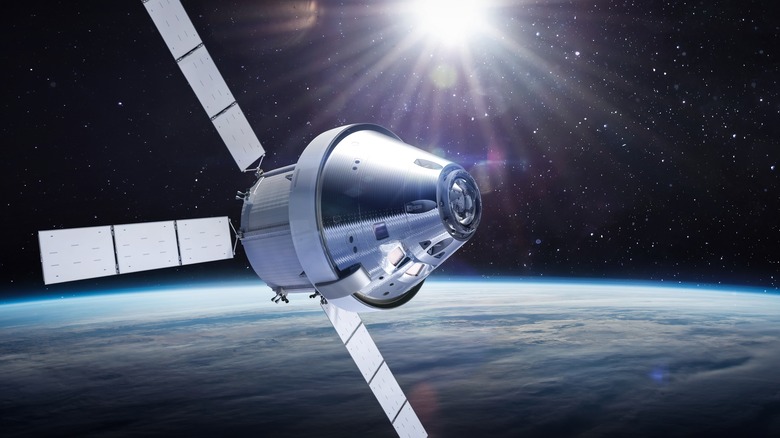NASA's First SLS Flight Is A Success As Artemis 1 Sends Orion Spacecraft To The Moon
Artemis I, a historic NASA mission overcame multiple obstacles, including Hurricane Nicole, for a successful launch in the early morning hours of November 16. In today's liftoff at the Kennedy Space Center, the Space Launch System (SLS), a NASA-described "mega-rocket" and reportedly the most powerful space vessel in the world, exited our atmosphere with the Orion spacecraft in tow. Orion, which is built to carry a crew but was unmanned for this test flight, separated from the rocket after a 90-minute flight to continue its journey to the Moon, NASA reported.
Orion plans to continue about 40,000 miles beyond the Moon into space and will reenter Earth's orbit in about 25 days. The SLS's launch and Orion's voyage are just parts of a bigger picture, which NASA calls the Moon to Mars exploration mission. Today's test flight is part of Moon to Mars' first phase, Artemis I, in which the space agency hopes to test Orion's safe return to Earth in a 25,000 mile per hour, 5,000 degrees Fahrenheit plunge — that'll be the fastest and hottest reentry in space exploration history.
Since entering space, Orion has deployed multiple shoebox-sized satellites, called CubeSats, that will harvest information on everything from ice on the Moon to how space radiation damages the DNA of living organisms. The spacecraft, propelled by a European Space Agency propellor module, is expected to fly close to the Moon's surface on November 21.
Next Artemis phases will take humankind one step closer to deep space exploration
Orion's debut voyage may be unmanned but, pending its safe and successful return to Earth, NASA will send the spacecraft out again in 2023, and this time, astronauts will be aboard. Artemis II will be the first manned flight to the Moon since the Apollo 17 mission in 1972. These space explorers will also venture 4,600 miles beyond the moon — further into space than humans have ever traveled. The astronauts, NASA says, will be nearly a quarter of a million miles from home.
The third Moon to Mars mission, Artemis III, will put the first woman on the Moon, says NASA. The ultimate goal is "future missions to the worlds beyond," the agency explains. After the Moon landing and the building of an Artemis base camp on its surface, NASA will set its sails to the first Mars mission.

